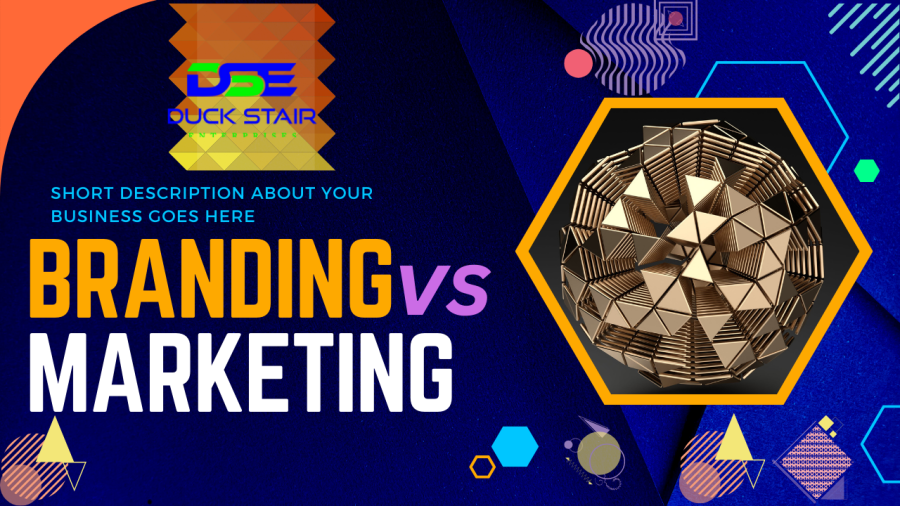
Effects of Branding on Marketing
Marking assumes a vital part in forming the achievement and view of an item or administration on the lookout. It incorporates substantially more than simply a logo or a name; it’s tied in with making a one of a kind personality and building areas of strength for a with the main interest group. The impacts of marking on showcasing are diverse and can fundamentally influence different parts of a business. Here are a few key impacts:
Memorability:
An advanced brand helps in making moment acknowledgment on the lookout. At the point when purchasers see a recognizable logo or brand name, it triggers relationships with the items or administrations offered, cultivating trust and dependability.
Customer Trust and Unwaveringly:
Solid marking fabricates trust among shoppers. At the point when a brand reliably follows through on its commitments and values, it makes a feeling of dependability and validity. This, thus, prompts client faithfulness as buyers will quite often stay with brands they trust.
Seen Worth:
Successful marking can raise the apparent worth of an item or administration. A solid brand picture frequently drives purchasers to see the related items as top notch, premium, or worth paying a premium for.
Upper hand:
In a packed commercial centre, a particular brand assists a business with sticking out. A solid brand can be a special selling recommendation (USP) that separates an item from contenders and draws in clients who resonate with the brand’s qualities.
Close to home Association:
Brands have the ability to inspire feelings and make a unique interaction with shoppers. Profound marking assists with laying out a more profound connection between the brand and its crowd, making the brand more noteworthy and significant.
Brand Expansions and Enhancement:
A deeply grounded brand can without much of a stretch broaden its presence into new product offerings or markets. Buyers are bound to attempt new contributions from a brand they definitely know and trust.
Showcasing Productivity:
Solid marking can smooth out showcasing endeavours. With a conspicuous brand, promoting efforts become more productive as purchasers are as of now acquainted with the brand, making it simpler to pass on messages and create interest.
Cost Premium:
Brands with serious areas of strength for a can frequently order greater costs for their items or administrations. Purchasers might pay something else for an item connected with a legitimate and reliable brand.
Verbal exchange and References:
A positive brand picture energises informal exchange showcasing. Fulfilled clients are bound to prescribe a brand they trust to other people, adding to natural development and client obtaining.
Brand Value:
Over the long haul, fruitful marking adds to the improvement of brand value, which is the elusive worth a brand holds. Brand value includes the general insight, mindfulness, and reliability that a brand appreciates, impacting its drawn out progress.
In synopsis, marking significantly affects showcasing by impacting how a brand is seen, how it contends on the lookout, and how it associates with its interest group. A very much created and reliably kept up with brand can be a strong resource for any business.



